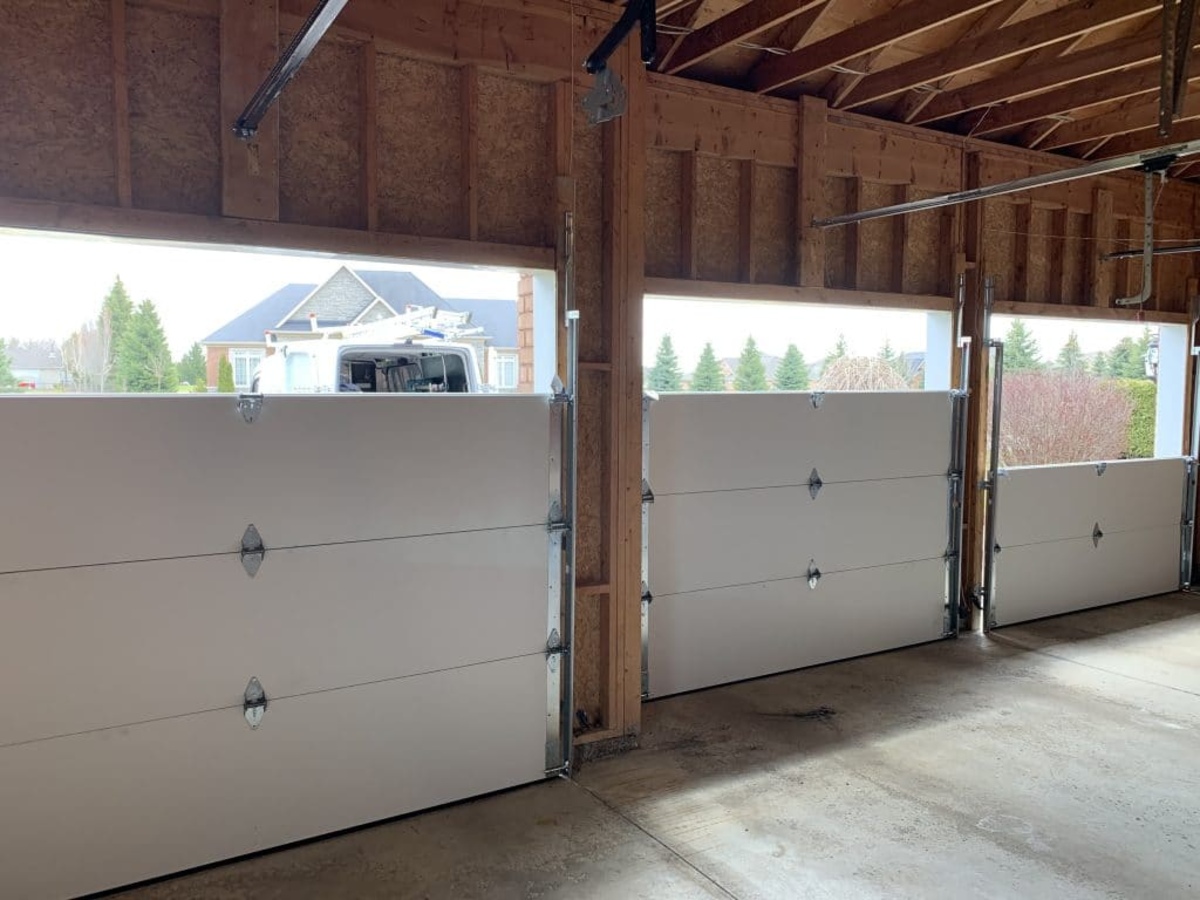

Articles
How Long Does It Take To Install Garage Door
Modified: February 27, 2024
Learn how long it takes to install a garage door with our informative articles. Discover the factors that impact installation time and make an informed decision for your home.
(Many of the links in this article redirect to a specific reviewed product. Your purchase of these products through affiliate links helps to generate commission for Storables.com, at no extra cost. Learn more)
Introduction
Installing a garage door is an important decision for homeowners. It not only improves the functionality and security of your garage, but it also adds value and enhances the aesthetic appeal of your property. One common question that arises during the planning process is how long it takes to install a garage door. While the exact time frame can vary depending on several factors, understanding the installation process and the variables involved will give you a better idea of what to expect.
There are a few key factors that can influence the installation timeline. The size and type of the garage door, the complexity of the installation, the experience and efficiency of the installer, and any additional customization or modifications required all play a role in determining how long the installation will take.
When it comes to the standard installation process, it typically involves the following steps:
- Preparing the garage: This includes clearing the area, ensuring proper ventilation, and removing any obstacles that may hinder the installation process.
- Taking measurements: Accurate measurements are crucial to ensure a proper fit. This step involves measuring the opening and determining the appropriate size for the garage door.
- Choosing the right door: There are various types of garage doors available, including sectional, roll-up, side-hinged, and tilt-up. The choice depends on your specific needs and budget.
- Removing the old door (if applicable): If you’re replacing an existing garage door, it will need to be removed prior to the installation of the new one.
- Installing the tracks and hardware: This step involves securely attaching the tracks, hinges, springs, cables, and other hardware necessary for the garage door to function properly.
- Securing the door: Once the tracks and hardware are in place, the garage door panels are installed and secured.
- Testing and adjustments: The installer will conduct a series of tests to ensure smooth operation and make any necessary adjustments to achieve optimal performance.
- Finishing touches: This includes adding weatherstripping, seals, and any additional accessories or features you may have opted for.
The time required for each of these steps can vary depending on the complexity of the installation and the specific requirements of your garage. For example, installing a standard sectional garage door may take less time compared to a custom-made carriage-style door.
In the next sections, we will provide time estimates for different types of garage doors and discuss factors that can expedite the installation process. We will also explore the pros and cons of hiring a professional versus a DIY installation to help you make an informed decision.
Key Takeaways:
- Installing a garage door involves various factors that impact the installation time, including the type of door, complexity, and installer experience. Proper planning and communication can expedite the process and ensure a smooth installation.
- Homeowners should carefully consider the advantages and disadvantages of hiring a professional installer versus attempting a DIY installation. Clear communication, accurate measurements, and proper preparation are essential for a successful and efficient garage door installation.
Factors That Affect Installation Time
Several factors can impact the time it takes to install a garage door. By understanding these factors, you can better manage your expectations and plan accordingly. Here are some key factors that can affect the installation time:
1. Size and Type of Garage Door:
The size and type of garage door you choose will have a significant impact on the installation time. Larger doors, such as those used for commercial garages, will naturally take longer to install compared to standard residential doors. Specialty doors, such as custom-made or unique designs, may also require additional time for installation due to their specific requirements.
2. Complexity of the Installation:
If your garage door installation involves complex features, such as high-tech security systems, integrated lighting, or specialized hardware, the installation time may increase. Additional steps and adjustments may be needed to ensure proper functioning and integration of these features, which can extend the overall installation process.
3. Experience and Efficiency of the Installer:
The experience and efficiency of the installer can greatly affect the installation time. A skilled and experienced professional will have the knowledge and expertise to efficiently handle the installation process, reducing the overall time required. On the other hand, an inexperienced or inefficient installer may take longer to complete the installation, leading to potential delays.
Read more: How Long Does It Take To Install Blinds
4. Additional Customization or Modifications:
If you opt for any additional customization or modifications to your garage door, such as adding windows, insulation, or decorative elements, it will require extra time for installation. These customizations may involve additional steps and adjustments, increasing the overall installation timeline.
5. Site Conditions and Preparation:
The condition of your garage and the required preparation work can impact the installation time. If the site is not properly prepared, it may need additional work before the installation can begin. This includes clearing the area, ensuring proper ventilation, and addressing any structural issues or electrical wiring requirements.
It is important to note that while these factors can influence the installation time, a professional installer will work diligently to ensure a timely and efficient installation process. Communicating your specific needs and requirements with the installer beforehand can help them determine the most accurate time estimate for your project.
Standard Garage Door Installation Process
The standard garage door installation process involves several key steps to ensure a safe and efficient installation. While the specific steps may vary depending on the type and design of the garage door, the following is a general outline of the standard installation process:
1. Preparation:
Prior to beginning the installation, the installer will assess the site and prepare the area. This includes clearing any debris or obstructions, ensuring proper ventilation, and addressing any necessary structural or electrical modifications. Adequate space around the opening will be created to allow for the installation of the tracks and hardware.
Read more: How Long Does It Take To Install Gutters
2. Taking Measurements:
Accurate measurements are crucial to ensure a proper fit for your garage door. The installer will carefully measure the dimensions of the opening, taking into account the height, width, and depth to determine the appropriate size for the garage door. This step is essential to ensure that the door functions smoothly and fits securely.
3. Choosing the Right Door:
Based on your specific needs and preferences, the installer will help you select the right type of garage door. This could include options such as sectional doors, roll-up doors, side-hinged doors, or tilt-up doors. Factors such as insulation, material, and design will also be considered during this process.
4. Removing the Old Door (if applicable):
If you are replacing an existing garage door, the installer will remove the old door before beginning the installation of the new one. This includes disconnecting any electrical connections, removing the old tracks and hardware, and addressing any necessary repairs or modifications to the opening.
5. Installing the Tracks and Hardware:
Once the area is prepared and the measurements are taken, the installer will begin installing the tracks and hardware. This involves securely attaching the vertical and horizontal tracks to the walls, ceiling, or floor, depending on the design of the garage door. The hinges, springs, cables, and rollers will then be installed, ensuring proper alignment and smooth operation.
Read more: How Long Does Carpet Installation Take
6. Securing the Door:
With the tracks and hardware in place, the installer will proceed to install and secure the garage door panels. The panels are carefully positioned and attached to the tracks, ensuring they move smoothly and align correctly. This step requires precision and attention to detail to ensure the door opens and closes properly.
7. Testing and Adjustments:
After the garage door is installed, the installer will conduct a series of tests to ensure optimal functioning. This includes testing the balance of the door, adjusting the tension of the springs, and checking the smooth operation of the door’s opening and closing mechanisms. Any necessary adjustments will be made to ensure the door is in perfect working condition.
8. Finishing Touches:
Finally, the installer will add the finishing touches to complete the installation. This may include adding weatherstripping and seals to enhance insulation and prevent drafts, installing any additional accessories or features, and ensuring the overall appearance of the garage door meets your expectations.
By following this standard process, professional installers ensure a high-quality and reliable installation of your garage door, resulting in years of trouble-free use.
Time Estimates for Different Types of Garage Doors
The time required to install a garage door can vary depending on the type and design of the door. Here are the average time estimates for different types of garage doors:
Read more: How Long Does Insulation Take To Install
1. Sectional Garage Doors:
Sectional garage doors are the most common type of garage doors. They are made up of multiple panels that are connected with hinges and move vertically along the tracks. On average, the installation of a sectional garage door can take anywhere from 2 to 4 hours. This includes the preparation of the area, taking measurements, installing the tracks and hardware, securing the panels, and conducting final tests and adjustments.
2. Roll-Up Garage Doors:
Roll-up garage doors, also known as coiling or rolling steel doors, are made of interlocking slats that roll up into a coil above the opening when the door is opened. These doors are commonly used in commercial and industrial settings. The installation time for roll-up garage doors can range from 4 to 6 hours, depending on the size and complexity of the door. This includes preparing the area, measuring and installing the tracks and hardware, securing the slats, and performing necessary tests and adjustments.
3. Side-Hinged Garage Doors:
Side-hinged garage doors are traditional swinging doors that open horizontally. They are commonly used in residential settings and offer convenient access for pedestrian use. The installation time for side-hinged garage doors is relatively shorter compared to other types, usually taking around 1 to 3 hours. This includes preparing the area, taking measurements, installing the hinges and hardware, and ensuring proper alignment and operation of the doors.
4. Tilt-Up Garage Doors:
Tilt-up garage doors, also known as up-and-over doors, are single-piece doors that are lifted and tilted up into the horizontal position when opened. These doors are available in a variety of materials and designs. The installation of tilt-up garage doors can take longer, ranging from 4 to 6 hours or more, depending on the size and customization requirements. This includes preparing the area, taking measurements, installing the tracks and hardware, positioning and securing the door, and conducting necessary tests and adjustments.
It is important to note that these time estimates are general guidelines and can vary depending on factors such as the complexity of the installation, the experience of the installer, and any additional customization or modifications required. It is recommended to consult with a professional installer to get a more accurate time estimate based on your specific garage door requirements.
Read more: How Long Does A Garage Door Spring Last
Preparation and Planning
Proper preparation and planning are essential for a successful garage door installation. By taking the time to plan ahead and gather the necessary information, you can ensure a seamless and efficient installation process. Here are some key considerations for preparation and planning:
1. Research and Gather Information:
Start by conducting thorough research on different types of garage doors, their features, materials, and installation requirements. Consider factors such as insulation, security features, and maintenance needs. This will help you make an informed decision and choose the right garage door for your needs.
2. Take Accurate Measurements:
Measure the dimensions of your garage opening accurately. Take measurements of the width, height, and depth of the opening. It is important to measure both the inside and outside dimensions to ensure a proper fit for your garage door.
3. Consider Site Conditions:
Take note of any specific site conditions that may impact the installation process. This includes the presence of electrical wiring, any plumbing or ventilation systems that may require consideration, and any potential obstacles or obstructions that could hinder the installation.
Read more: How Long Does A Garage Door Opener Last
4. Determine Required Features and Accessories:
Decide on any additional features or accessories you may want to include with your garage door. This could include windows, insulation, decorative elements, or high-tech security systems. Take into account your budget and the specific needs of your household.
5. Set a Realistic Budget:
Establish a budget for your garage door installation project. Consider not only the cost of the door itself but also the installation fees, any additional accessories or features, and any maintenance and repair costs that may arise in the future.
6. Hire a Professional or DIY:
Decide whether you will hire a professional installer or attempt a DIY installation. While DIY installations can help save money, they require a certain level of technical knowledge and experience. Hiring a professional ensures that the installation is done correctly and efficiently. Evaluate your skills and resources before making a decision.
7. Coordinate with the Installer:
If you decide to hire a professional installer, communicate your requirements and expectations clearly. Discuss the timeline, schedule, and any specific concerns or considerations. Ensure that the installer understands your needs and is equipped to handle the installation process efficiently.
By adequately preparing and planning, you can streamline the garage door installation process and ensure that all necessary arrangements are made in advance. This will help minimize any potential delays or issues and result in a smooth and successful installation.
Hiring a Professional vs. DIY Installation
When it comes to installing a garage door, homeowners often face the decision of whether to hire a professional or attempt a DIY installation. Both options have their advantages and disadvantages, and it’s important to consider your own skills, resources, and preferences before making a choice. Here is a comparison between hiring a professional installer and opting for a DIY installation:
Hiring a Professional:
Advantages:
- Experience and Expertise: Professional installers have the knowledge and experience to handle the installation process efficiently. They are familiar with various types of garage doors and have the necessary expertise to ensure a proper installation.
- Time Savings: Hiring a professional installer can save you valuable time. They have the tools, equipment, and manpower to complete the installation quickly and efficiently, allowing you to focus on other tasks.
- Guaranteed Quality: Professional installers typically offer a warranty or guarantee on their work. This means that if any issues arise after the installation, they will rectify them at no additional cost.
- Safety Considerations: Garage door installation can involve heavy lifting and working with complex mechanisms. Professional installers have the necessary training and safety equipment to protect themselves and ensure a safe installation process.
Disadvantages:
- Cost: Hiring a professional installer can be more expensive compared to a DIY installation. However, the expertise and peace of mind they provide may outweigh the upfront cost.
- Limited Control: When hiring a professional, you have limited control over the process and may need to rely on their schedule and availability for the installation.
DIY Installation:
Advantages:
- Cost Savings: DIY installation can save you money as you won’t need to pay for professional services. This is especially beneficial if you have the necessary tools and equipment already.
- Flexibility: With a DIY installation, you have complete control over the process. You can work at your own pace and make adjustments as needed.
- Learning Opportunity: DIY installation allows you to learn new skills and gain a sense of accomplishment. It can be a rewarding experience for homeowners who enjoy hands-on projects.
Disadvantages:
- Limited Expertise: Unless you have prior experience with garage door installations, you may lack the necessary expertise to ensure a proper and efficient installation.
- Time and Effort: DIY installations can be time-consuming and require a significant amount of effort. It may involve research, learning new skills, and troubleshooting any issues that arise during the process.
- Potential Risks: Improper installation can lead to safety hazards and may result in damage to the door or property. It’s important to carefully follow instructions and take necessary precautions if opting for a DIY installation.
Ultimately, the decision between hiring a professional installer or doing a DIY installation depends on your comfort level, budget, and available resources. If you value expertise, time savings, and guaranteed quality, hiring a professional is the recommended choice. However, if you have the necessary skills, tools, and willingness to learn, a DIY installation can be a rewarding and cost-effective option.
Before making a decision, it’s advisable to consult with professional installers to understand the scope and complexity of the installation, as well as to get an accurate cost estimate. They can provide guidance to help you make an informed choice that best suits your needs and preferences.
Tips to Expedite Garage Door Installation
If you’re looking to speed up the garage door installation process without compromising quality, here are some tips to help expedite the process:
1. Schedule Properly:
Plan the installation at a time when you’ll have ample availability and can dedicate uninterrupted time to the project. Ensuring you have the necessary time set aside will prevent delays and allow the installer to work efficiently.
2. Clear the Area:
Prior to the installation, clear out any clutter or obstacles in the garage. This includes moving vehicles, tools, and any other items that may obstruct the installer’s access. A clear workspace will allow for a smooth and efficient installation process.
3. Prepare the Opening:
Prepare the garage door opening by ensuring it is clean and free from debris. This will save time for the installer and help facilitate a seamless installation process.
4. Provide Accurate Measurements:
When communicating with the installer, ensure that you provide accurate measurements of the garage door opening. This will allow them to come fully prepared with the necessary equipment and materials, minimizing any potential delays or errors.
Read more: How To Install A Clopay Garage Door
5. Make Decisions in Advance:
Prior to the installation, make decisions about any additional features or accessories you want to include with your garage door. This includes windows, insulation, decorative elements, or high-tech security systems. Having these decisions made in advance will save time and prevent any last-minute changes that may delay the installation.
6. Be Prepared to Assist:
If you’re doing a DIY installation or assisting the professional installer, be ready to provide a helping hand when needed. This includes holding the door panels in place, passing tools, or securing hardware. By actively participating in the installation process, you can help expedite it.
7. Communicate Clearly:
Ensure clear and effective communication with the installer. Discuss your expectations, address any concerns or questions, and provide any necessary information they may need to complete the installation efficiently.
8. Follow Post-Installation Care Guidelines:
After the installation is complete, follow the recommended care and maintenance guidelines provided by the installer. Proper maintenance will help ensure the longevity and optimal performance of your garage door.
By implementing these tips, you can streamline the garage door installation process and help facilitate a timely completion. Remember to consult with a professional installer for specific guidance and recommendations based on your individual circumstances.
Read more: How Much To Install Garage Door
Conclusion
Installing a garage door is a significant investment that enhances the functionality, security, and appearance of your property. While the exact time it takes to install a garage door can vary depending on factors such as the type of door, complexity of the installation, and the experience of the installer, understanding the installation process and considering key factors can help you manage your expectations.
In this article, we explored the factors that affect installation time and discussed the standard garage door installation process. We also provided time estimates for different types of garage doors and offered tips to expedite the installation process. Additionally, we compared the advantages and disadvantages of hiring a professional installer versus opting for a DIY installation.
By adequately preparing and planning, taking accurate measurements, and providing clear communication with the installer, you can ensure a smooth and efficient installation. Hiring a professional offers the benefits of expertise, time savings, and guaranteed quality, while a DIY installation allows for cost savings and flexibility.
Ultimately, the decision between hiring a professional installer and embarking on a DIY installation depends on your skills, resources, and preferences. It is important to carefully weigh the advantages and disadvantages of each option and make a choice that aligns with your needs and comfort level.
Remember to consult with professional installers to get accurate time estimates, gather information, and receive expert guidance tailored to your specific garage door requirements. By taking the time to plan and execute the installation properly, you can enjoy the benefits of a well-functioning and aesthetically pleasing garage door for years to come.
Frequently Asked Questions about How Long Does It Take To Install Garage Door
Was this page helpful?
At Storables.com, we guarantee accurate and reliable information. Our content, validated by Expert Board Contributors, is crafted following stringent Editorial Policies. We're committed to providing you with well-researched, expert-backed insights for all your informational needs.
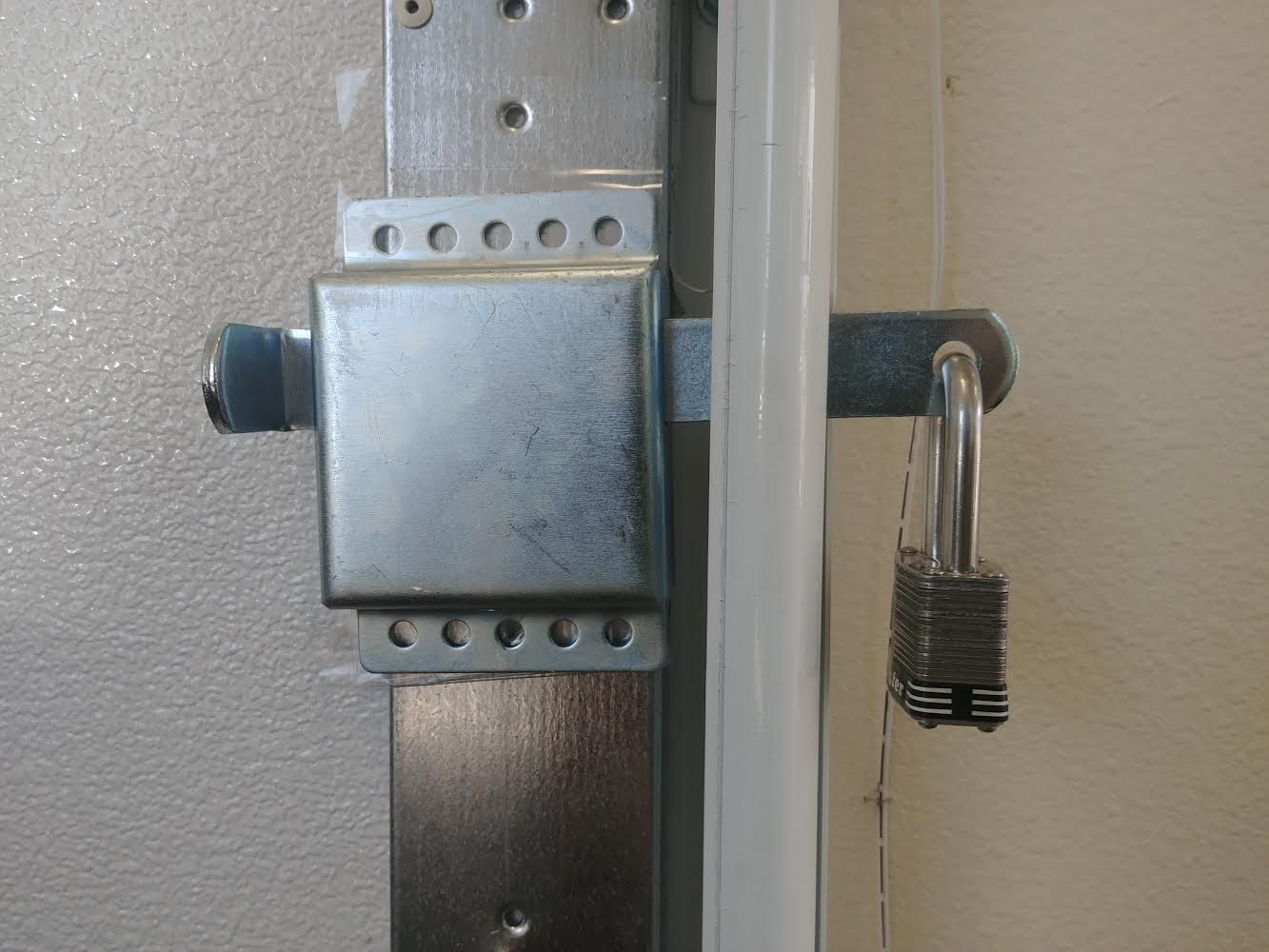
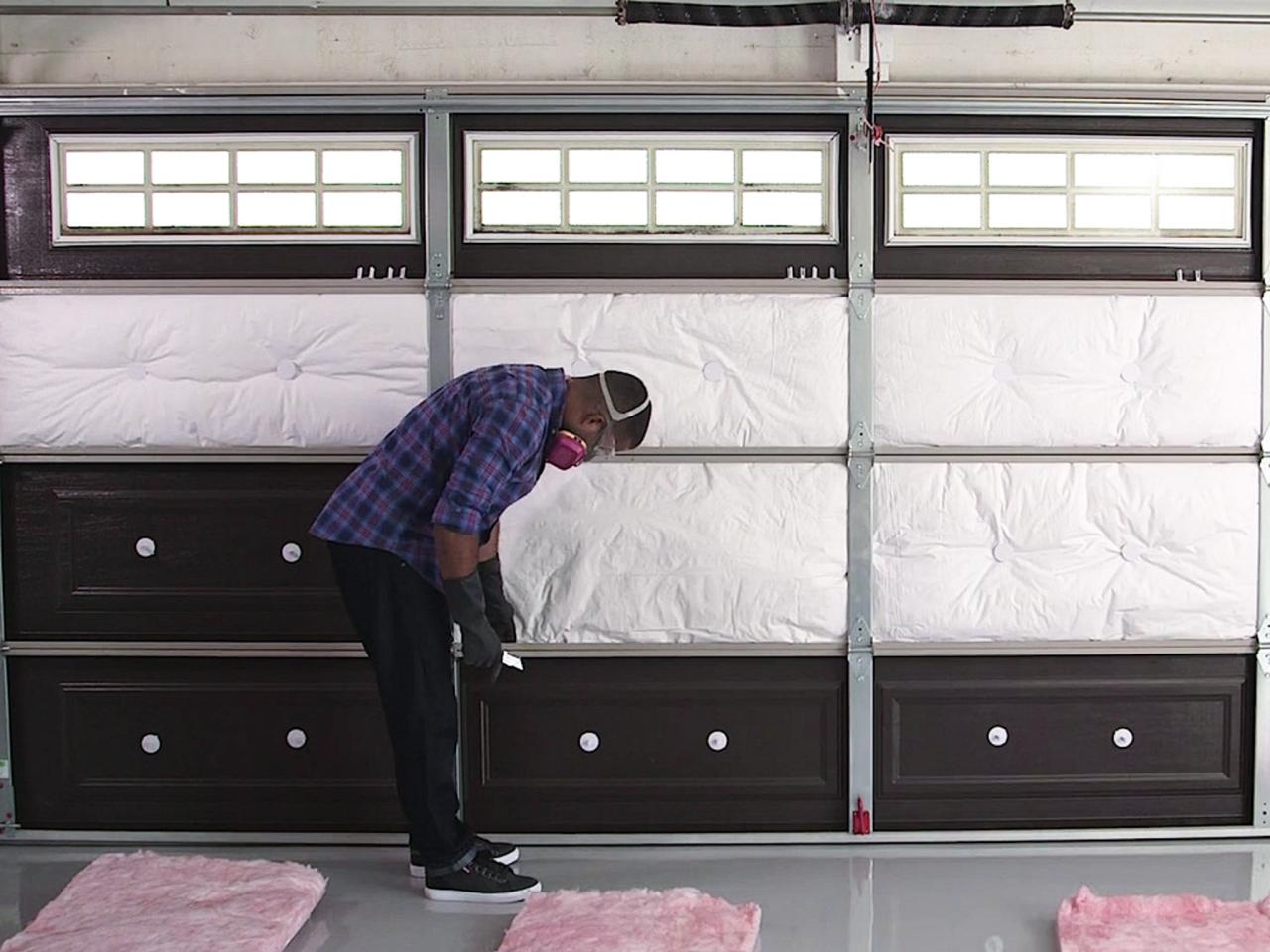
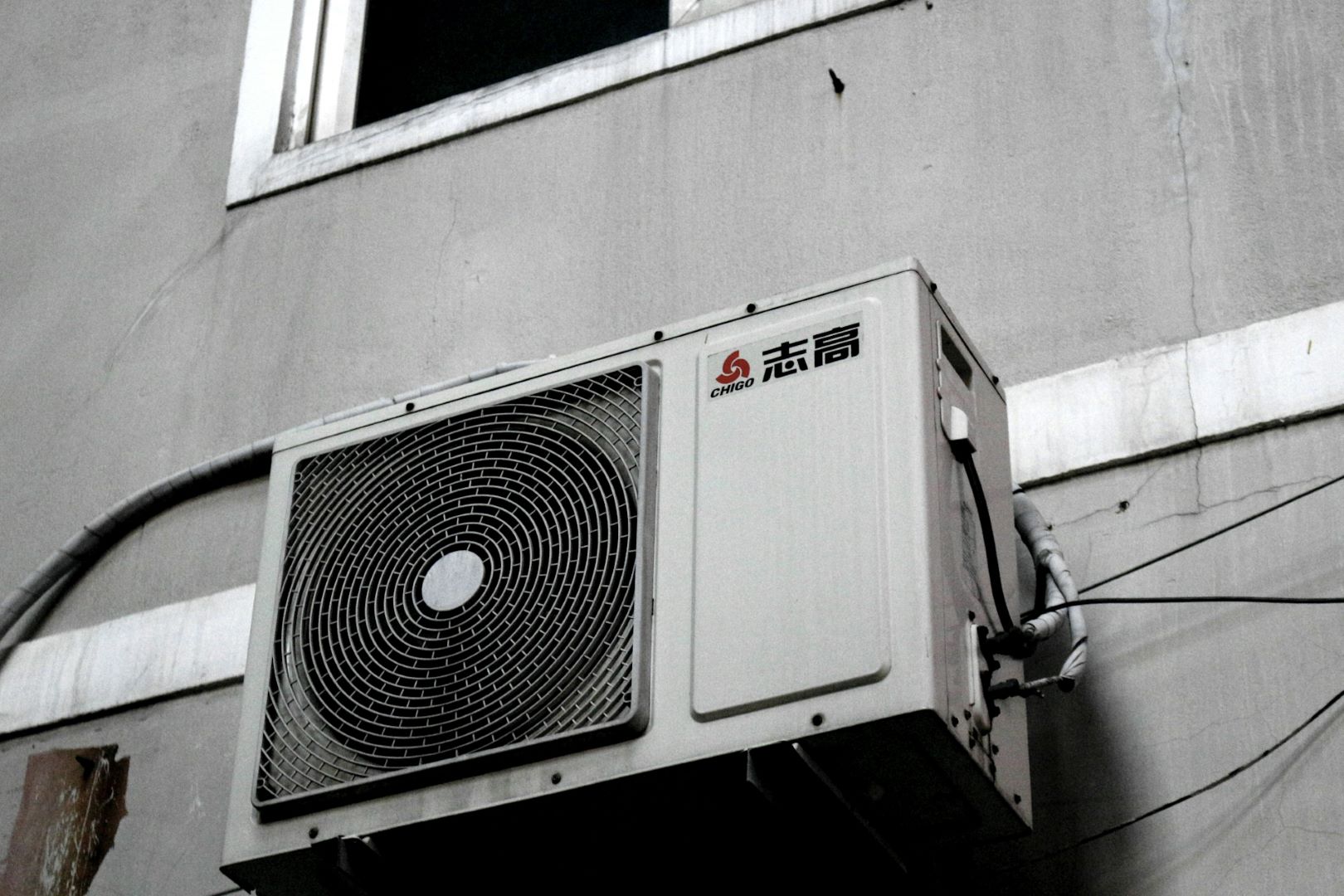
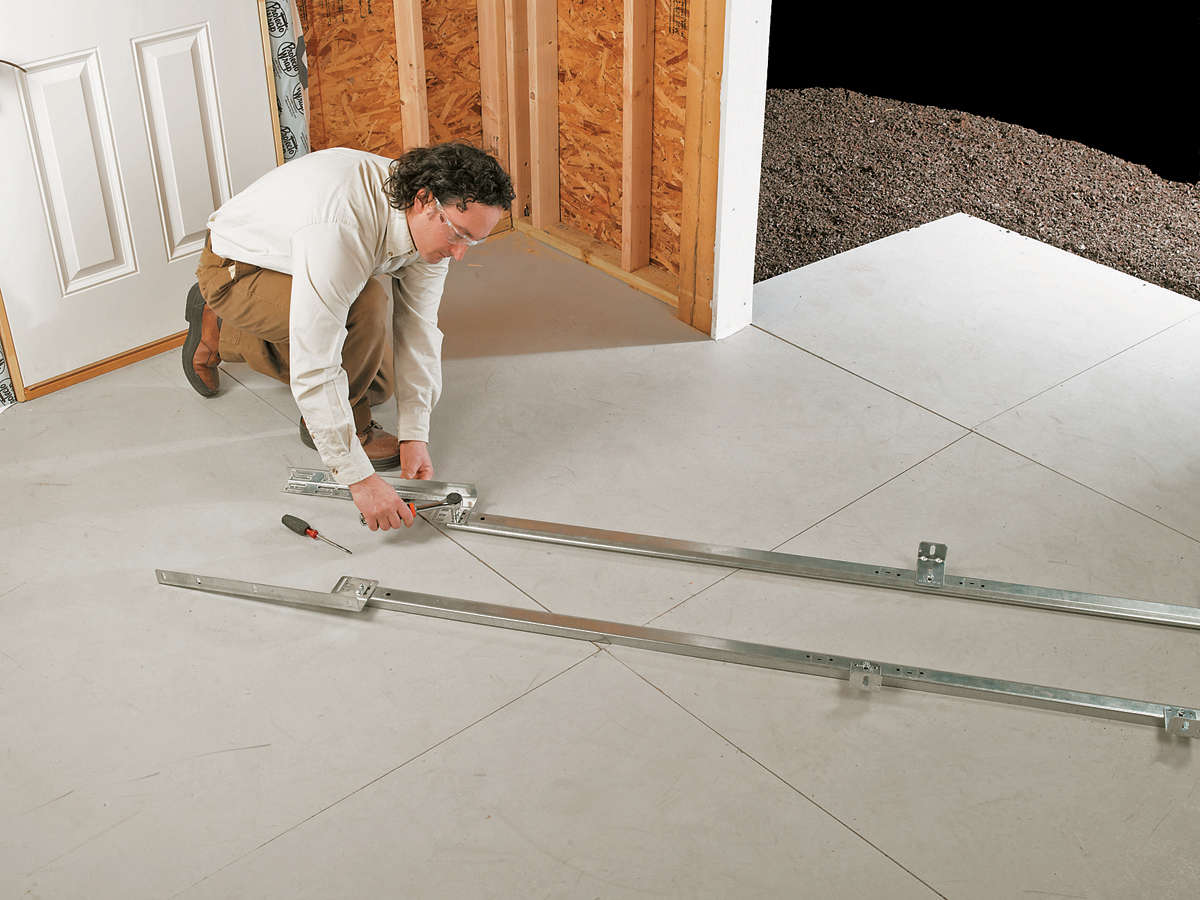
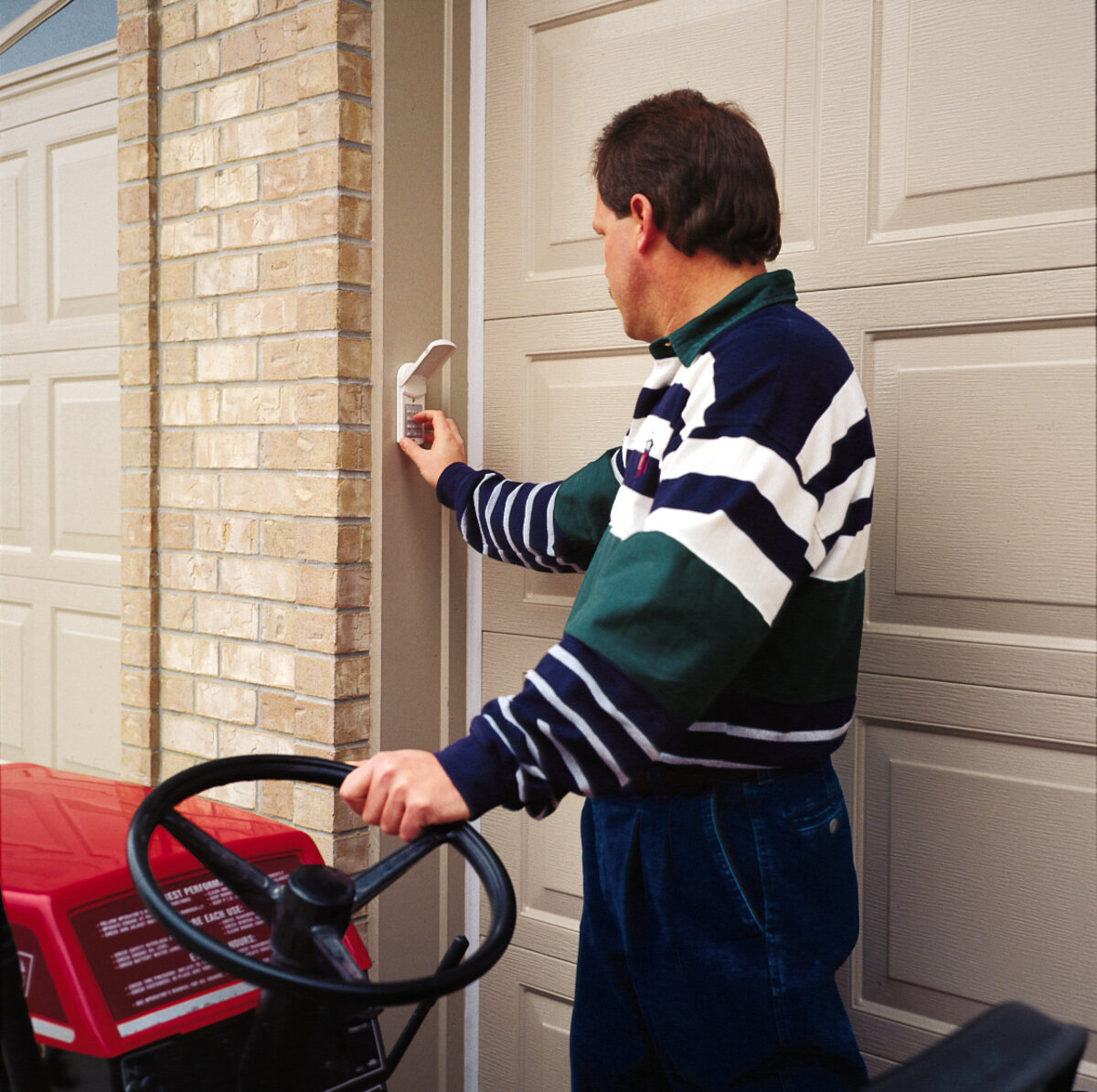

0 thoughts on “How Long Does It Take To Install Garage Door”